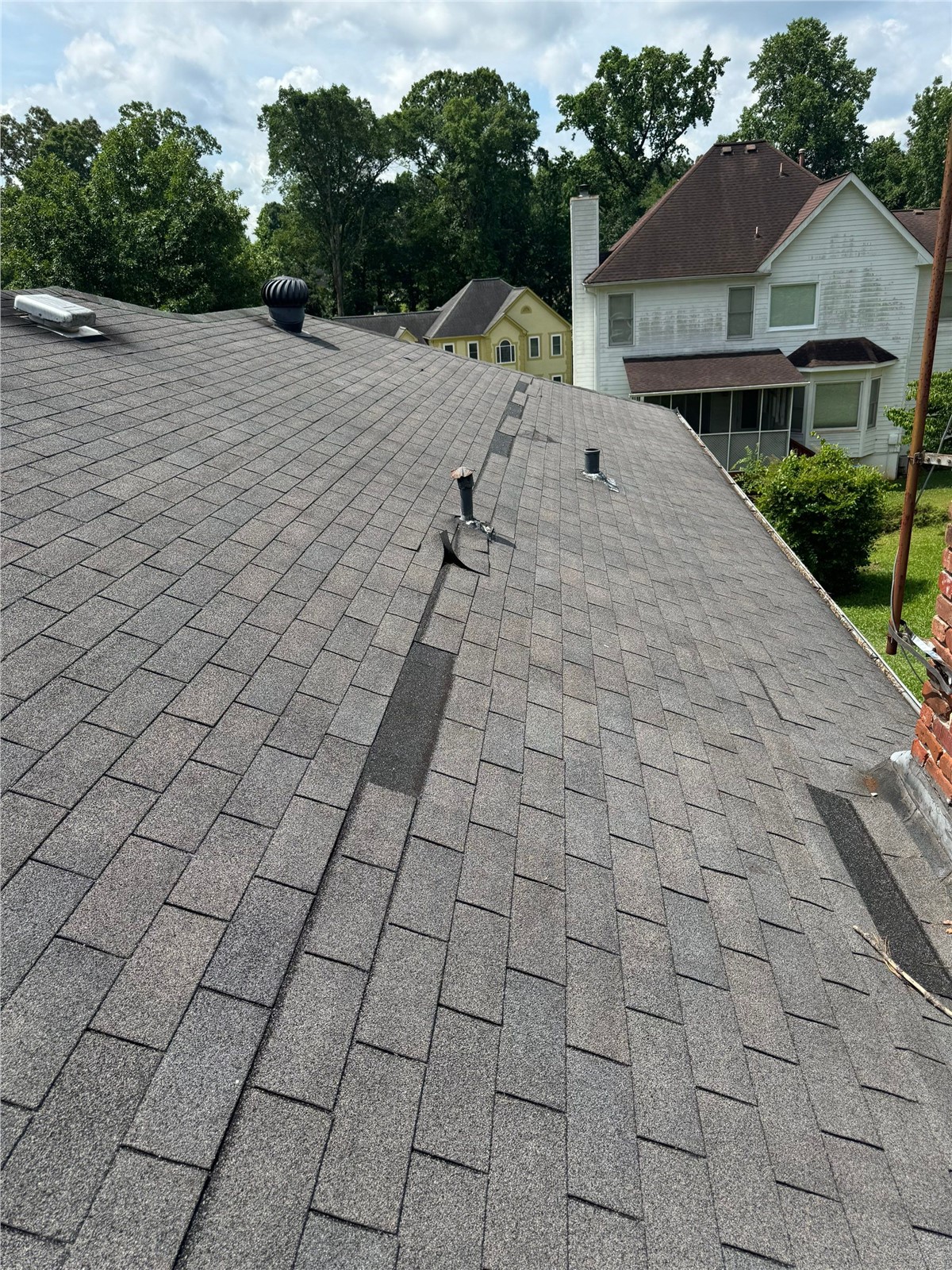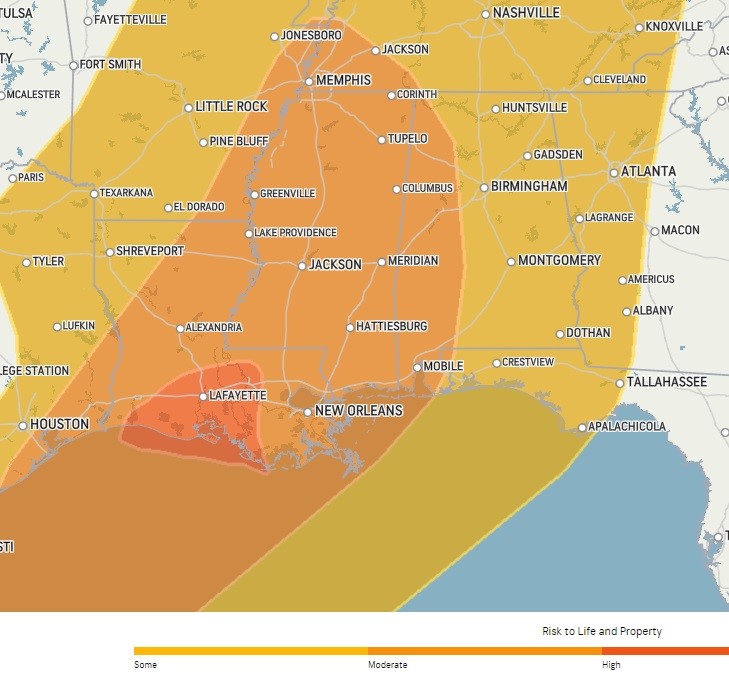That was quite a rainstorm we had last weekend—and much needed, I might add. I was sorry to receive so many emergency calls for roof repairs as a result of other companies’ oversights. Sure, it’s business, but I’d rather install a sound roof than see a family in a state of emergency from a leaking one. Did you know that the study of water’s “behavior” or flow, also known as hydrostatics, is the crucial backbone of an excellent roofer’s training? It’s something we take seriously and just another way we are different from other roofers. Here’s a little page from the playbook: Fluid statics (also called hydrostatics) is the science of fluids at rest, and is a sub-field within fluid mechanics. The term usually refers to the mathematical treatment of the subject. It embraces the study of the conditions under which fluids are at rest in stable equilibrium. The use of fluid to do work is called hydraulics, and the science of fluids in motion is fluid dynamics. –Wikipedia Hydrostatic pressure can be calculated according to the following formula:

Does that just make your head spin? It does for most people! Do you remember whining in math class, “When will we ever need to use this?” Well, we’ve actually found a very practical application: roof installation. What all that technical jargon boils down to is simple: water’s movement is something we roofers need to understand and obey. The basic laws of water and physics combined dictate specifically how we install your roof. We put our roofers to practice on mock roofs at our training facility so that when they climb the ladder to your home, they have passed our quality and practical applications testing with flying colors. Do you need to take a math analysis course to understand how to build a roof that will withstand nature’s elements? Not with Dr. Roof around. You can leave the hard work up to us and enjoy cozy, dry evenings in your home year ‘round with the assurance your roof was installed in a way that combats tears and leaks. How do you qualify contractors before you hire them? Did this information about hydrostatics ever cross your mind concerning your roof’s installation or repair?
That was quite a rainstorm we had last weekend—and much needed, I might add. I was sorry to receive so many emergency calls for roof repairs as a result of other companies' oversights. Sure, it’s business, but I’d rather install a sound roof than see a family in a state of emergency from a leaking one.
Did you know that the study of water’s “behavior” or flow, also known as hydrostatics, is the crucial backbone of an excellent roofer’s training? It’s something we take seriously and just another way we are different from other roofers. Here’s a little page from the playbook:
Fluid statics (also called hydrostatics) is the science of fluids at rest and is a sub-field within fluid mechanics. The term usually refers to the mathematical treatment of the subject. It embraces the study of the conditions under which fluids are at rest in stable equilibrium. The use of fluid to do work is called hydraulics, and the science of fluids in motion is fluid dynamics. –Wikipedia
Hydrostatic pressure can be calculated according to the following formula:
Does that just make your head spin? It does for most people! Do you remember whining in math class, “When will we ever need to use this?” Well, we’ve actually found a very practical application: roof installation.
What all that technical jargon boils down to is simple: water’s movement is something we roofers need to understand and obey. The basic laws of water and physics combined dictate specifically how we install your roof. We put our roofers to practice on mock roofs at our training facility so that when they climb the ladder to your home, they have passed our quality and practical applications testing with flying colors.
Do you need to take a math analysis course to understand how to build a roof that will withstand nature’s elements? Not with Dr. Roof around. You can leave the hard work up to us and enjoy cozy, dry evenings in your home year ‘round with the assurance your roof was installed in a way that combats tears and leaks.
How do you qualify contractors before you hire them? Did this information about hydrostatics ever cross your mind concerning your roof’s installation or repair?
Subscribe to Dr. Roof's Blog








Comments